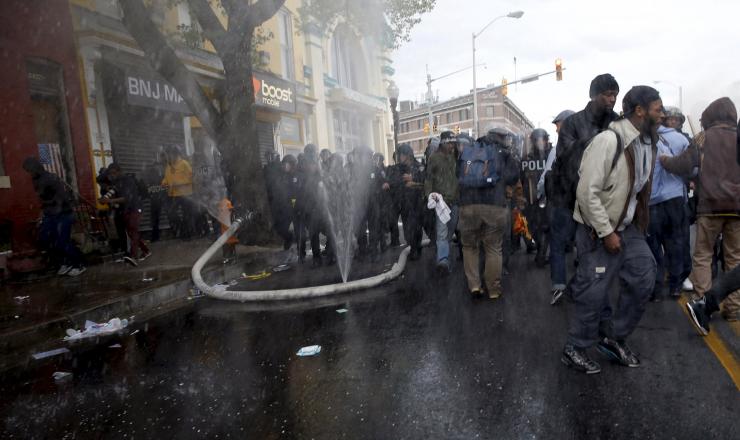If one goes to Wikipedia under the subject of “mass racial violence in the United States,” one will find a “timeline of events” running from 1829 to 2015. There are so many race-related riots listed for these 186 years that, from a historical point of view, rioting appears almost normal.
Prior to World War II, these outbreaks mostly involved ethnic, racial or religious groups going after each other: Germans, Italians, Poles, Jews, Hispanics, African-Americans, Chinese, Catholics, Protestants were all involved in these set-tos. Often the causes were economic with a territorial overtone – one group moving into the neighborhood of another group and/or taking their jobs. When the violence came, it was group against group.
In the post-World War II era, the nature of the still numerous instances of rioting changed. The group-versus-group scenario gave way to group-versus-state. Most of the categories listed above had successfully assimilated under the heading “Caucasian,” and religious affiliations no longer seemed worth bloody murder. The arrival of new immigrants could/can still instill anger in citizens who mistake foreigners for the cause of problems they themselves have caused, but the result of late has rarely been rioting.
Actually, in the present era, the cause of rioting has mostly been black resentment over prevailing inequality: why the distribution of wealth seems never to work to satisfy the needs of African-American poor. Thus, all too many African-Americans, particularly men, have little opportunity for a decent life, while simultaneously having every opportunity to end up in confrontations with the police and then land in prison.
It is these ubiquitous confrontations with agents of the state that are now the standard trigger to the phenomenon of modern American rioting.

